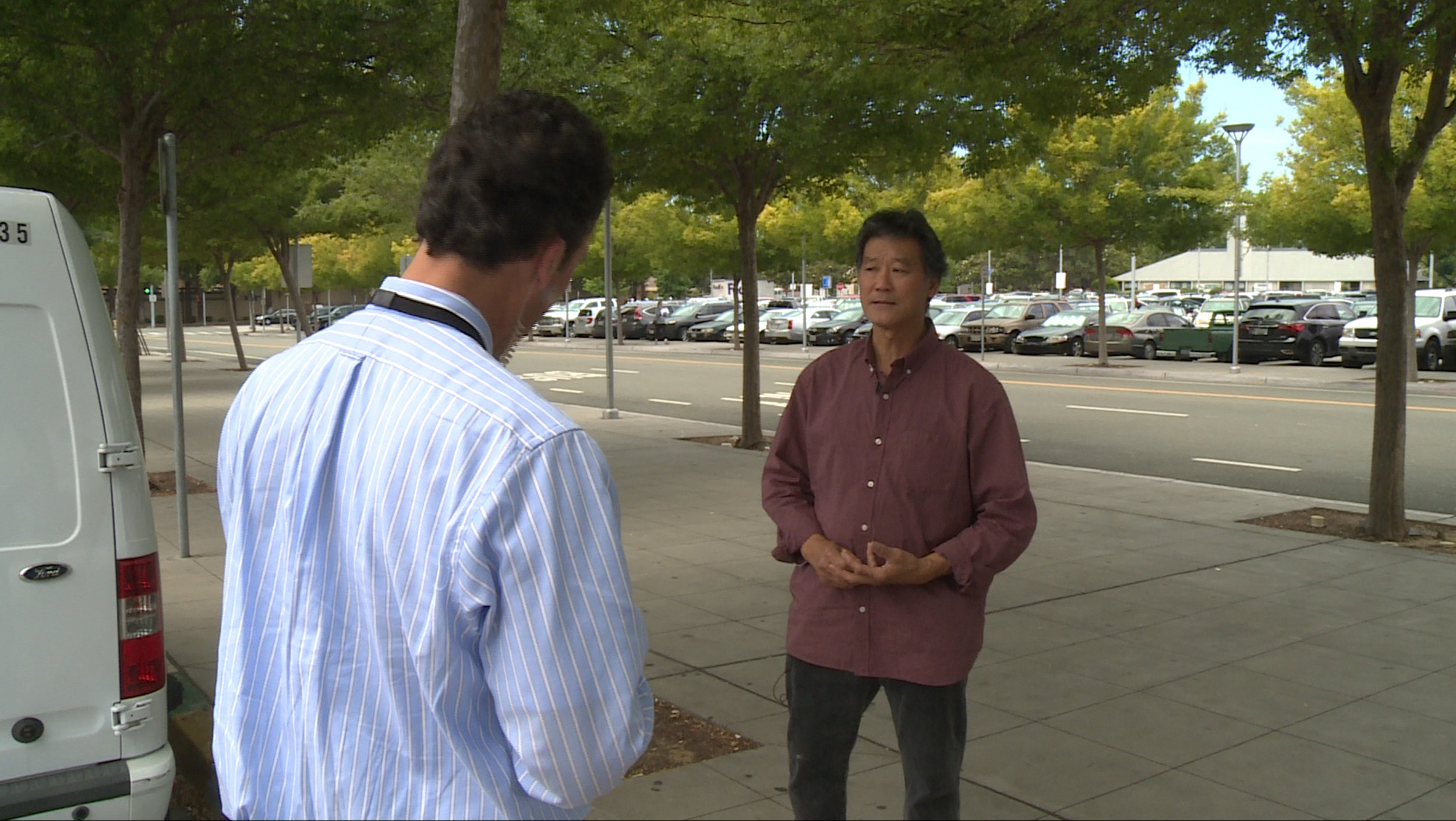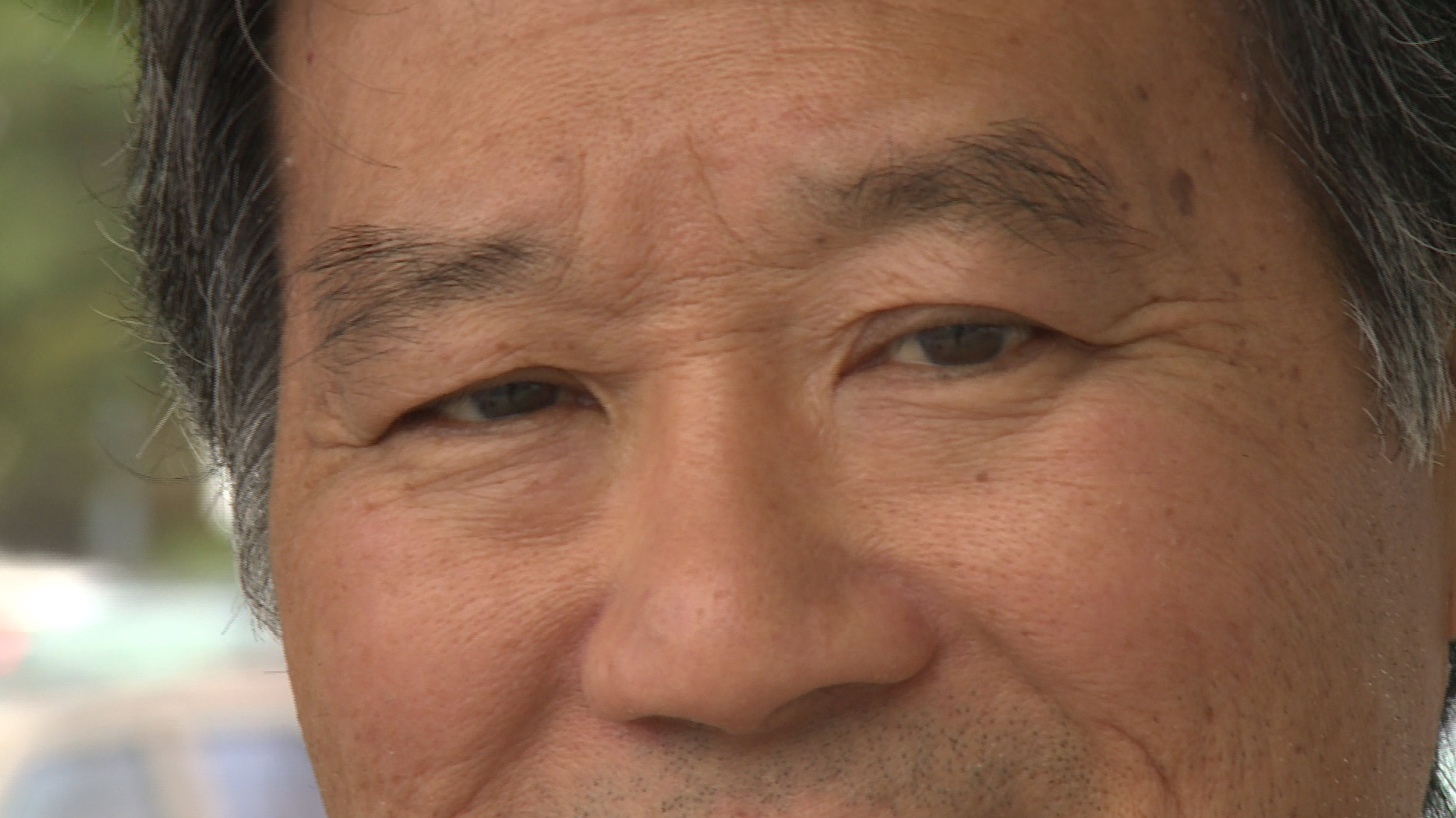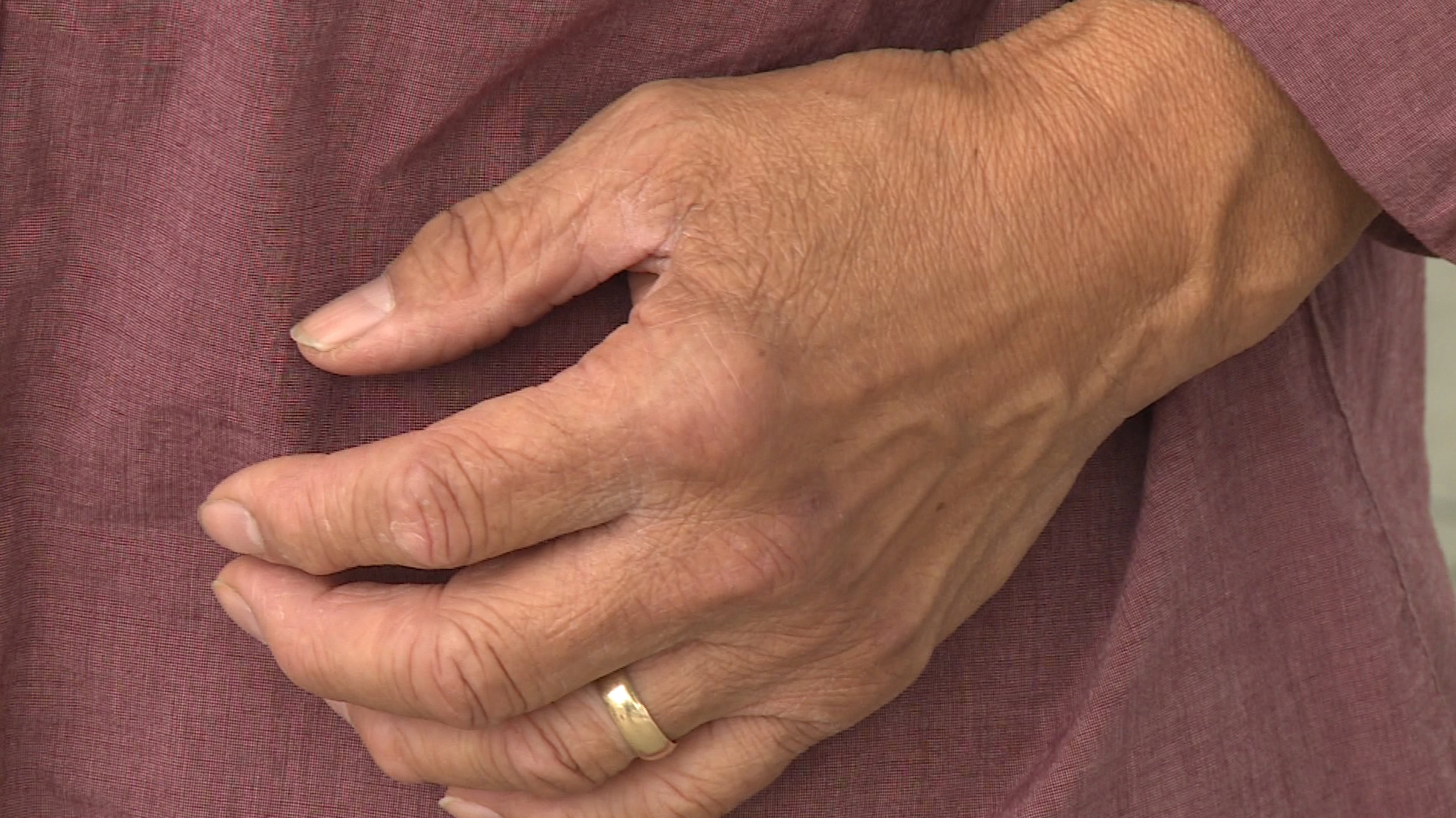Make chicken salad
The saying goes, when you're handed chicken excrement, make chicken salad. In TV news, that means doing the story even though there's not a lot of good video to go along with it. In those circumstances, it's up to the MMJ to make it happen, to figure out how to shoot enough video to get the story on the air. That's what happened today.
A Bay Area organization is trying to promote personal savings by offering people free money. It goes like this: you save $20 a month for six months, and the organization will add in $60 for free. Savings are important because without them, unexpected expenses can spiral out of control and leave families destitute.
The three basic elements I tell my students to look for in a TV story are:
- So what (what difference does it make): Half of the families in San Francisco don't have enough savings to pay for an unexpected expense, such as a car repair.
- Real people (someone who's living the story): someone who's already been through the program and can talk about life before savings and after.
- Show me don't tell me (video): this is the tough part. How do you show someone saving money?
The organization provided me with the contact information of three people who had been through the program. I got an answer on the second call. But, this person could only meet me at the BART (Bay Area subway) station in Union City, about an hour drive from the newsroom. I was grateful he was willing to talk, but shooting video about how his life has changed after opening a savings account at a subway station definitely did not make for good video. I pushed a little to see if he could do the interview at his house, but he was firm - public transit station or nothing. So, I went with it.
Here are two strategies to make a TV story work (chicken salad) when there aren't a lot of opportunities for video (chicken excrement).
1. Shoot cutaways. These can be two shots or tight shots. The point is to get something where the person is framed differently from the sound bites. This gives you video to show while you're talking about the person, without having to use video of the person talking. Here are screen grabs of several of the cutaway shots I got. Click on the images to advance.
None of this particularly gripping videography. But, in TV news, we need video for everything we talk about. Everything. These kinds of shots allow you to tell a story beyond just stringing a bunch of sound bites together.
2. Shoot a standup. Standups are useful in many ways, but one of the most helpful to MMJs is they allow you to talk about something for which you have no video. When you head out to a story and there's something you absolutely, positively have to talk about, but you don't have any video to cover it, use a standup to help you tell that key part of the story. Watch THE STORY below to see how the standup does a pretty good job explaining just how bad it can be when you don't have any savings and something unexpected goes wrong.
Being an MMJ means lugging around a lot of stuff. Because we're on our own, we have to take reporter stuff as well as videographer stuff. Keeping track of it all can be overwhelming. The key to survival is staying organized. Take your time and have a system so you know where everything is. The last thing you need is to be searching for your IFB (earpiece) with one minute to go before your live shot. My recommendation is to put each piece of equipment in the same place every day. Eventually, the storage of your stuff becomes second nature, and you can quickly and easily find your camera battery, your stick mic, your sunglasses, your mi-fi, your computer charger, your thumb drive, and on and on.
I was reminded of that today when I was leaving Union City to make the one hour drive back to the newsroom to edit. I panicked because I couldn't see my reporter's notebook in the passenger seat. It had notes, phone numbers, ideas. I had to have it. I turned around and headed back to where I'd shot the standup thinking I'd left it there, but at a stoplight, I found it under the passenger seat. A few minutes of wondering where I'd left something is time wasted leading up to deadline. Don't let that happen. Know where you stuff is by putting it in the same place every day.
If only the uploading were this fast in real life.
There's no stress like TV newsroom stress. Fortunately, up to today, I have made deadline with plenty of time to spare. But I must say the concept of a deadline hanging over you all day is unlike what happens in other professions, including academia. This story, because of all the driving, pushed me closer to deadline than I would have liked.
Takeaways:
- Shoot cutaways and standups to help tell your story. Not producing a story is not an option. You have to make the best of every assignment you're given, even if that means the video opportunities aren't all that great.
- Know where your stuff is by putting it in the same place every day.




